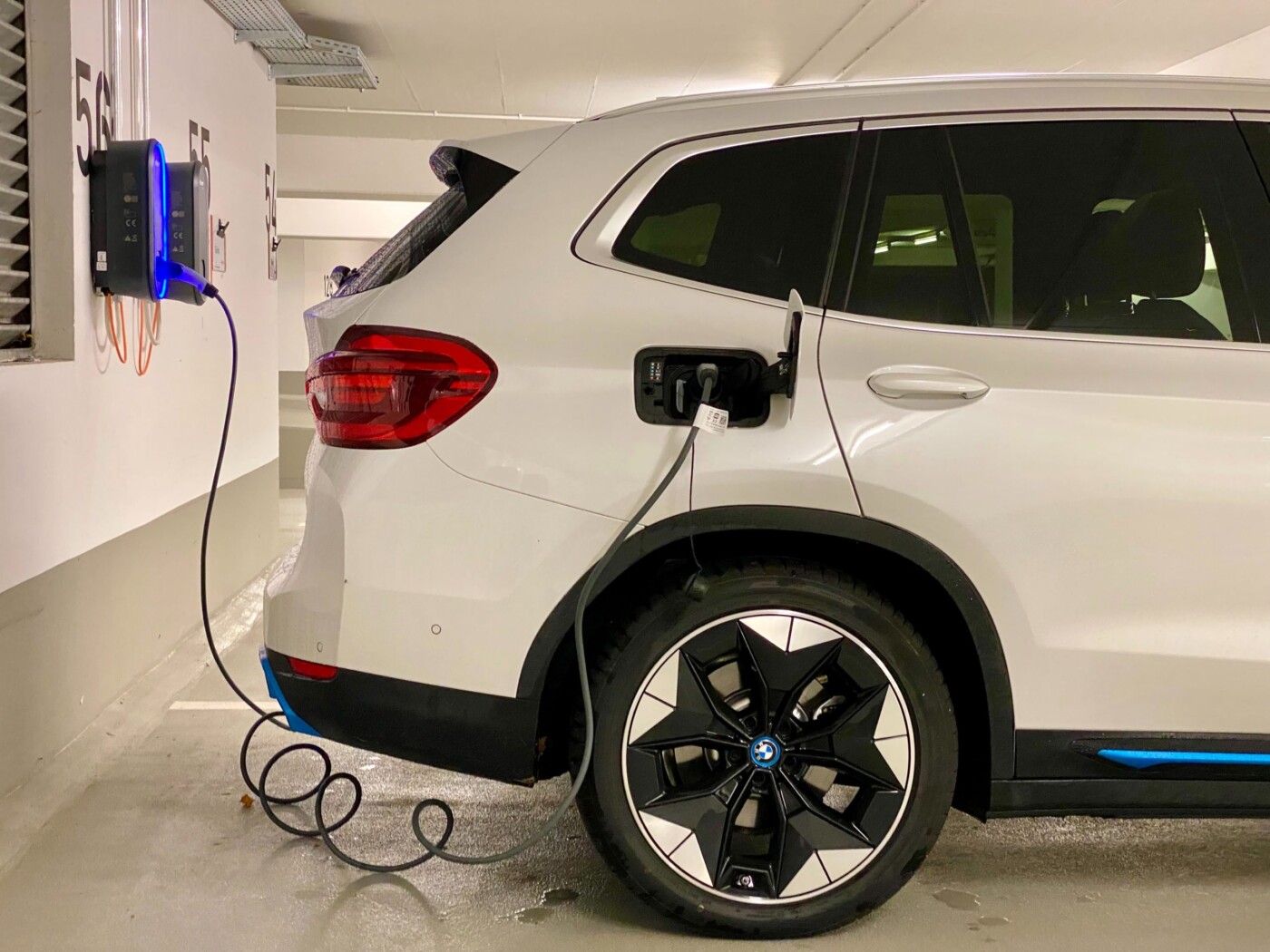Nearly half – 46% – of Piedmont’s greenhouse gas emissions come from passenger vehicles. That’s according to the most recent Piedmont Greenhouse Gas Inventory, which Sustainability Division staff presented to City Council on July 1. The report, based on the year 2022, showed that local emissions have been stagnant or increasing in recent years.
Meeting the City’s goal of carbon neutrality by 2045 will require significant changes in the way we live, work, and move – including greater adoption of electric vehicles (EVs). Though a 2021 survey found that 74% of Piedmonters without an EV had considered purchasing or leasing one, respondents reported that concerns about lack of charging stations, insufficient driving range, and purchase price were holding them back from making the switch.
I’m happy to report the market has been evolving to address these concerns. Here, I tackle three outdated myths about EVs:
• Myth #1: There isn’t enough charging infrastructure
In the past five years alone, the number of public “fast” chargers statewide has nearly quadrupled. These devices can power EVs to 80% capacity in just half an hour. Online maps like plugshare.com or chargehub.com make it easy to find public chargers near you. The City is also working to bring five fast chargers to Piedmont’s Civic Center near
the Exedra.
• Myth #2: EVs cost too much.
Prices for used EVs fell nearly 30% between June 2022 and June 2023. Growing market competition, combined with new tax credits and rebates make owning an EV more affordable than ever. Bonus: EVs require less maintenance and cost half as much to fuel compared to gas powered vehicles, so the savings keep stacking up long-term.
• Myth #3: EVs can’t go far enough.
The median EV driving range has more than tripled in recent years – from 82 miles per charge a decade ago to 270 today. Models do offer varying battery capacities, but calculating your daily commute, typical weekend mileage, and extended trip mileage can help you find those that fit your needs.
Coupled with the many benefits of EVs – such as reduced tailpipe emissions and at-home “fueling” for homeowners – market evolution is making EVs an increasingly attractive transportation mode. And the evolution is ongoing. In the next year alone, dozens of new models are set to debut. A few cars even allow special “bidirectional charging,” which turns your car into a battery that can power your home during outages.
If you’re ready to make the switch, visit driveclean.ca.gov to start browsing models and exploring incentives.
Alyssa Romea is an AmeriCorps Fellow with the City of Piedmont’s Sustainability Division.
